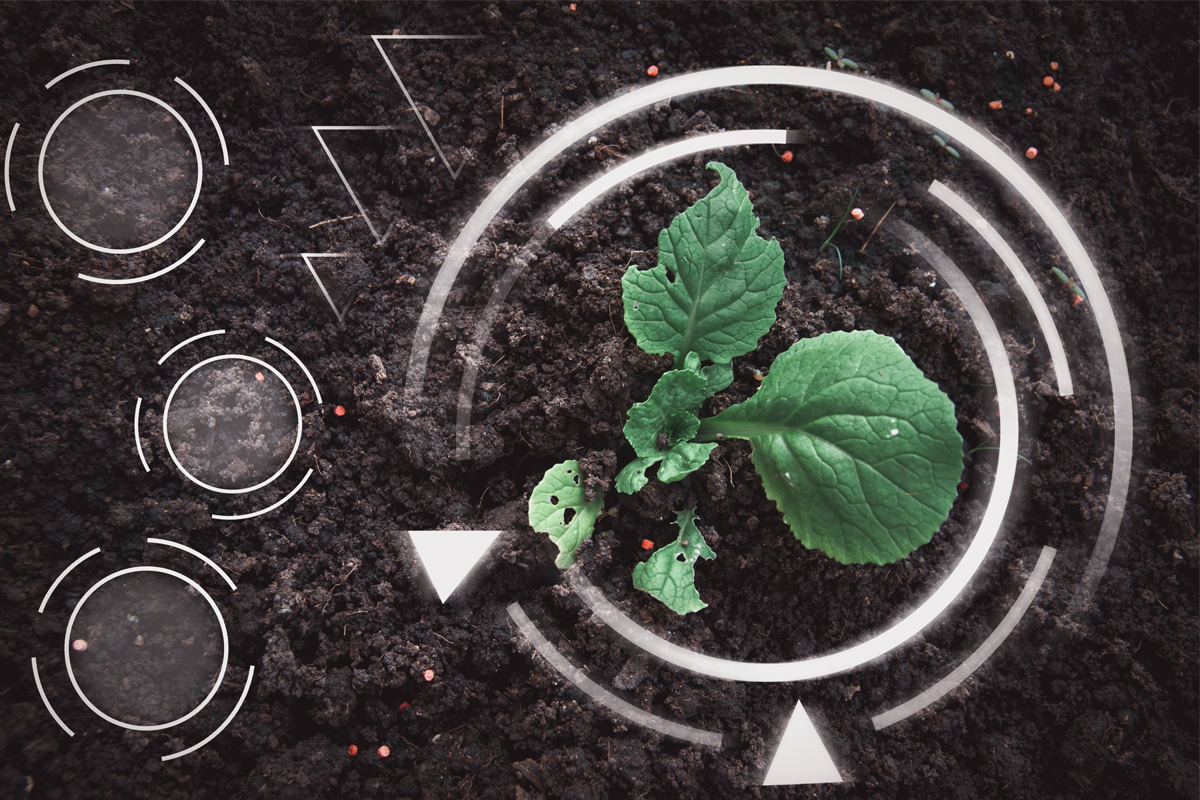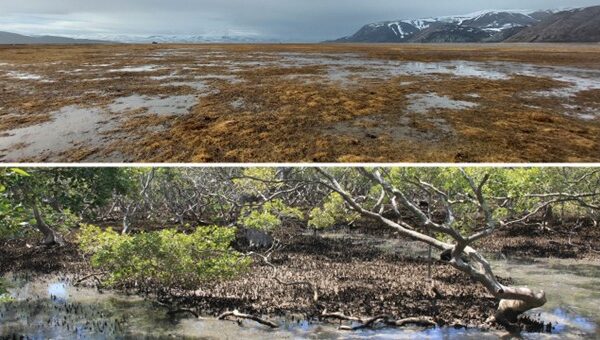- Research
-
YOU ARE
- Community member
- Future Student
- Student
- Professor
- Alumni
- Media
- Guidance counsellors
- INRS retiree
- Contact Us
- Newsroom
- Careers
- FR
-
Studies
We teach the next generation of researchers to develop scientific, social, and technological innovations.
-
Research
We find solutions through interdisciplinary research and industry or public and community partnerships.
-
INRS
We play an active role in Québec's economic, social, and cultural development.
AI-powered analysis of microbial data is opening the door to numerous agricultural and environmental possibilities.

Some categories of microbes found in fields vary with crop yield.
Just as Google analyzes what its users do online, Professor Étienne Yergeau of Institut national de la recherche scientifique (INRS) observes the behaviour of microbes. His team uses microbial genomic data to better understand and predict soil processes and their impact on the plants that grow in that soil.
The team has to process millions of genes belonging to tens of thousands of organisms from several hundred soil samples. This is where artificial intelligence comes in.
“We have a good deal of data that would take a long time to analyze manually. Several statistical methods, including machine learning, allow us to classify the data and identify the best microbial parameters for monitoring the ecosystem. ”
Étienne Yergeau, specialist in microbial ecology
He refers for example to certain genes involved in nutrient cycling and the abundance of certain key microorganisms.
Efficiency, quality, and performance
Statistical analysis makes it possible to identify microbes that serve as indicators of an ecosystem’s health. Some categories of microbes found in fields vary with crop yield or grain quality. Yergeau and his team are working with mills in Québec to predict wheat quality based on microbes found in the field. By checking for them early in the season, the team can better predict harvests. Some soils do not contain these microbes at the outset. To address this shortfall, the team will eventually be able to make recommendations on the microbes that farmers should be adding to their soil based on their needs, regardless of environmental conditions or soil type.
This technique is not only useful on farms—it can also be used to analyze and optimize other types of systems, such as constructed wetlands. Professor Yergeau is currently working with Professor Jérôme Comte and other Canadian scientists on a project to decontaminate the tailings water from oilsands operations. They do this by using aquatic plants and microbes to break down the contaminants from the tailings.
Professor Yergeau now plans to identify microbiological parameters scientists can use to boost microbe filtration performance and, in so doing, improve the decontamination process of water in the environment.
Artificial intelligence is clearly an invaluable tool for categorizing and analyzing the mountains of microbial data collected in the field during research work. It also makes it possible to create microbe‑based forecasting models and use them to optimize various ecosystem processes.
We suggest you to read
You may also like

December 14, 2021
Energy transition: A new research platform drives INRS and its partners
December 14, 2021
International internship in forest or coastal science
December 14, 2021
Biodegradation of short-chain PFASShare

